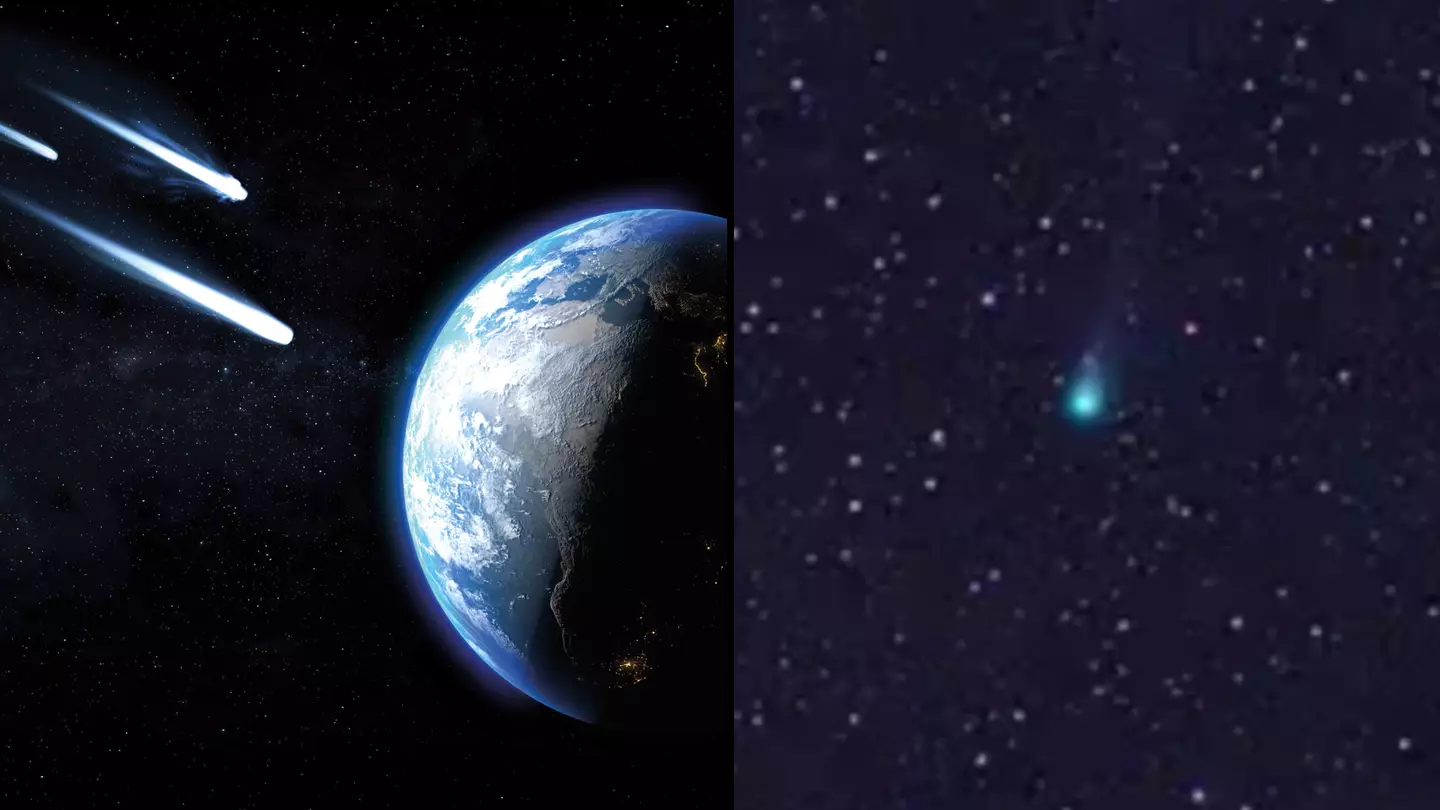
It's a bird... it's a plane... no, it's a big shiny comet!
Come on, remember when we used to be excited about space?
The fact we can send people to the moon for a walkabout still blows my mind. Then again, so does the invention of a staircase.
Advert
Anyway, Brits, the weather is finally picking up and you know what that means - shorts weather... in 13C.
Along with the clearer skies though, you can enjoy the view of a potentially once-in-a-lifetime comet, which travels around the world every 71 years.

Astronomers are very excited over celestial object '12P/Pons-Brooks', which is growing brighter and brighter and has already been spotted in parts of the UK.
Advert
For now, all you need is binoculars or a small telescope, according to Dr. Megan Argo, an astrophysicist at the University of Central Lancashire.
Dr. Argo said: “If we’re lucky, it may have another in the next few weeks as it passes through the sky.”
Notably, if the brightness of the comet keeps rising periodically, people will able to see it with just the naked eye.
When the comet gets close to the sun, the heat causes the ice to melt straight to gas, through a process called sublimation.
Advert
“This gas forms both a cloud around the solid nucleus of the comet – known as the coma – and a tail of material that can stretch many millions of miles in space," she added.
“The tail is made of gas and dust that has been pushed away from the comet by the power of the solar wind streaming from the Sun, and this tail is the bit that can become spectacular in the sky as seen from Earth.”

Stuart Atkinson, an amateur astronomer based in Cumbria, has been taking photos of the comet on his DSLR camera.
Advert
He said: “Over the next few weeks or so it will brighten a little more, but the Moon is in the sky now, and its brightness will dim the comet.
“You’ll need binoculars to see the comet, and even then it will only look like a smudgy star with a hint of a tail behind it.
“Luckily there’s a bright planet quite close to it – Jupiter – so if you pan your binoculars to the right of Jupiter, very slowly, that will help.
“People think comets whoosh across the sky, like shooting stars, but that’s not true, they only move a small amount each night, so the comet will be in the sky for a while yet.
Advert
“The comet is too small and too faint to be picked up by phone cameras, unless you use the special ‘night mode’ or an astrophotography app, and even then it is so small it will be hard to image with a phone camera.”
Between the period starting from the end of March to 8 April's solar eclipse is the most likely time you will be able to see the comet here in the UK.
Featured Image Credit: Getty Stock Photo / PA